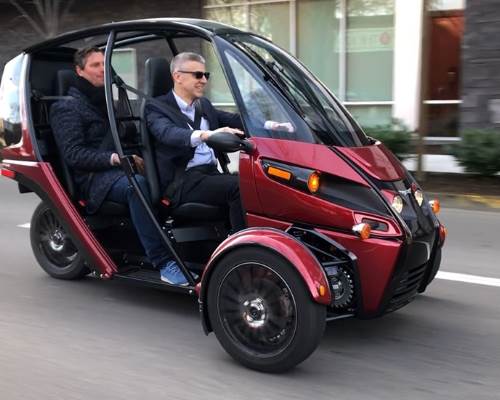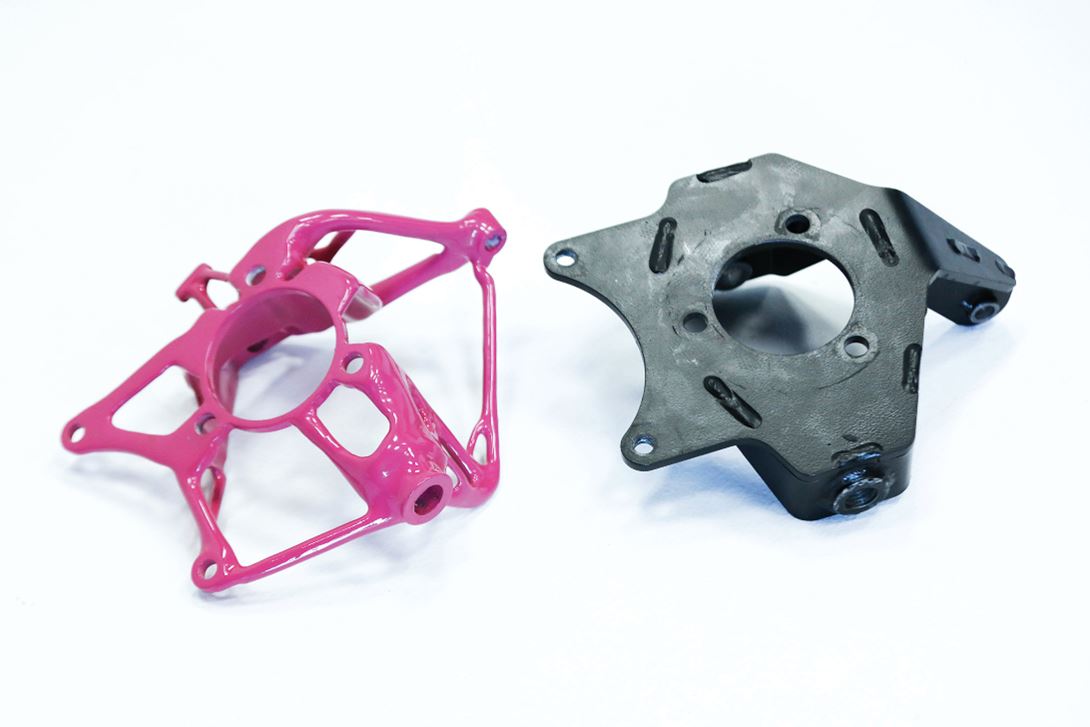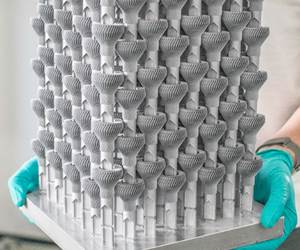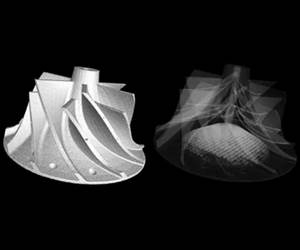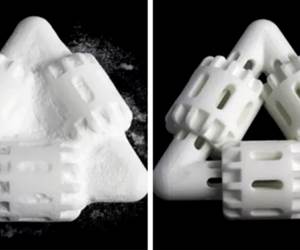Additive manufacturing makes possible designs that could not be achieved any other way. Lightweight, organic forms made additively will be key to enabling the next generation of electric vehicles, aircraft and spacecraft, as well as mass customized products like glasses, shoes and implants that can be designed to fit each specific customer or patient. To achieve these freedoms, though, additive manufacturing requires robust software for design.
Two common design strategies used in conjunction with 3D printing are topology optimization and generative design. A topology optimization strategy works to remove material within a given build envelope to arrive at the most efficient design that still serves the required purpose. Generative design, by contrast, aims to place material only where needed to meet the requirements. In a nutshell, the former reduces the part to its final form, while the latter grows it.

Conventional shoe insoles are made by layering multiple materials together that support the foot uniformly. In contrast, Aetrex can produce custom insoles like these using just two materials (a conventional sock liner and flexible 3D printed TPU); this “digital foam” approach (developed by EOS) varies the geometry of the lattices throughout the insole to provide different levels of support.
